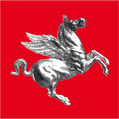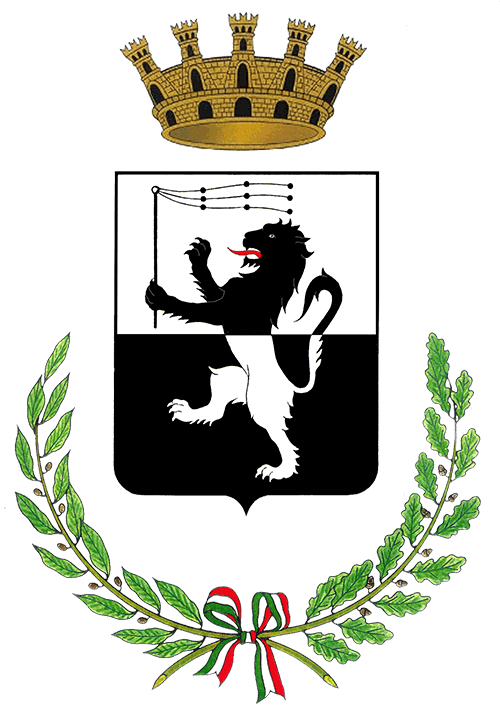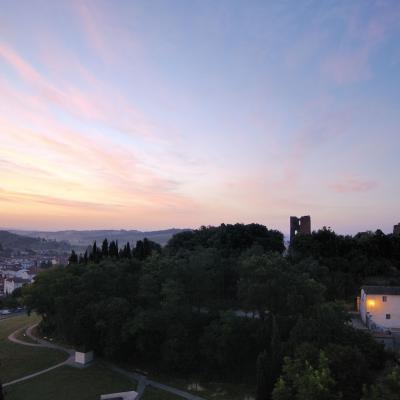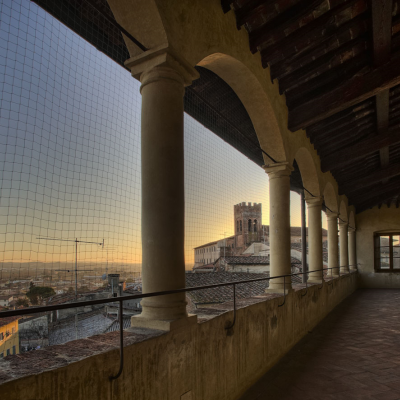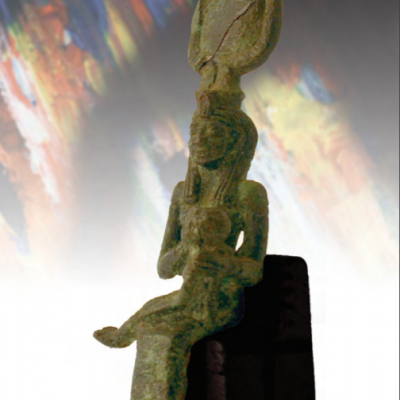
Heterogeneous finds from prehistory to late antiquity
The Lotti archaeological collection was acquired by the Municipality of Fucecchio, at the suggestion of the management of the Civic Museum and thanks to the agreement reached with the lawyer Adriano Lotti and his heirs.
The acquisition took place, within the Museum, a complementary function, also from the educational point of view, to the archaeological section, allowing the visitor to widen his vision beyond local documentation to learn also about the ceramic products from the ancient Tyrrhenian area including historical phenomena in a greater scope.
Created in Fucecchio, by the initiative of the Lotti family, with material from areas outside the Valdarno, the collection documents some interesting moments of Etruscan ceramic productions and Mediterranean business relations, in the period from the 7th century BC to the 5th century AD.
Among these, to be remembered, is the core of Italian-geometric ceramics, produced in Tarquinia or Vulci between the 8th and early decades of the 7th century BC, with the typical decoration inspired by the contemporary Greek productions of Eubea. The Etruscan pots were produced indifferently in Vulci, Chiusi, Orvieto and Tarquinia between the end of the 7th and the first half of the 6th century BC.
The two Etruscan-Corinthian ancient containers (olpai), used to contain wine and produced in Vulci between 630 and 540 BC are of great interest, as well as inspired by ceramics imported into Etruria from Corinth. The black-painted ceramic core exemplifies the most common pottery in Italy and the western Mediterranean, between 4th and 1st century BC, produced by many workshops as an imitation of products.
A jar from the 5th century A.D., produced in present-day Tunisia, was used for the maritime transport of oil or fish sauce of the province, and it is widespread throughout the Mediterranean area. Among the bronzes, there are also two samples of Egyptian production: the pendant with the head of the goddess Sekhmet and a singular statuette of the goddess Isis in the act of breastfeeding her son Horus, dated between 600 and 300 BC.
Allegati
Collezione Lotti - Depliant